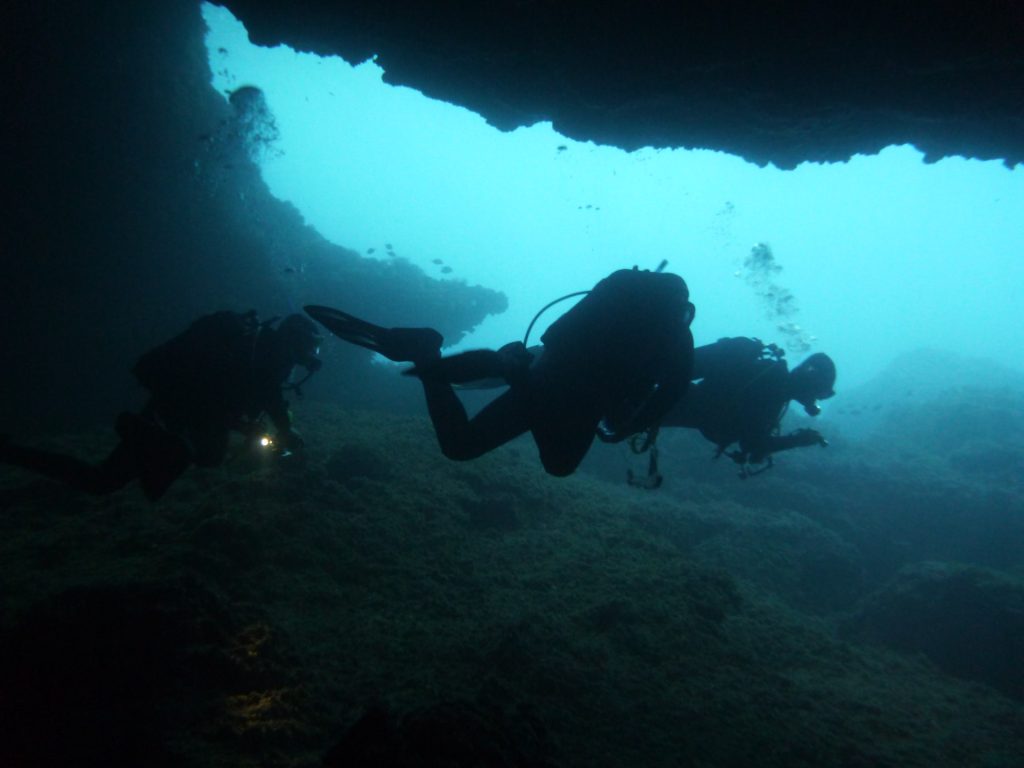Researchers have uncovered a 6,000-year-old bridge inside a submerged cave in Mallorca.
Others are reading now
A submerged bridge, hidden within a cave on the Spanish island of Mallorca, has given researchers fresh insights into the early human colonization of the western Mediterranean.
The limestone structure, which spans 25 feet (7.6 meters) in Genovesa Cave, suggests that ancient humans built sophisticated infrastructure nearly 6,000 years ago.
This discovery challenges previous beliefs about when humans first settled on Mallorca, one of the largest islands in the Mediterranean.
The study, published in Communications Earth & Environment, was led by Bogdan Onac, a professor at the University of South Florida. The findings help bridge the gap between human settlement in the eastern and western Mediterranean regions, where evidence has been more scarce due to limited archaeological records and poor material preservation.
Also read
Early Human Engineering
The discovery of the bridge indicates a sophisticated understanding of the cave’s water resources by the island’s early inhabitants. Researchers believe the structure was built to provide a dry pathway through the cave, connecting its entrance to a chamber located beyond a lake.
While the exact construction methods is still unclear, the bridge was likely in use for around 400 to 500 years before rising sea levels submerged it.
“The presence of this submerged bridge and other artifacts indicates a sophisticated level of activity,” said Onac. “Early settlers recognized the cave’s water resources and strategically built infrastructure to navigate it.”
Reconstructing the Timeline
The discovery is helping scientists piece together the timeline of human settlement on Mallorca.
Initial estimates, based on earlier research, suggested humans arrived on the island around 4,440 years ago. The bridge’s construction suggests that humans may have lived on the island even earlier.
The research team used a combination of geological evidence and sea level analysis to date the bridge. By studying a “bathtub ring” and mineral deposits on the structure, they determined the bridge was built nearly 6,000 years ago, around 5,600 years before it was submerged due to rising sea levels.
A Mysterious Cave
While the exact use of Genovesa Cave by early humans has not yet been determined, researchers speculate that the cave’s entrance chamber may have served as a living space. Fossilized remains of the now-extinct Myotragus balearicus goat species, along with pottery, were found in a chamber connected to the entrance.
“The purpose of crossing the lake to access the deeper chamber is still unknown,” said Onac. “It could have been used for rituals, storage, or even as a refuge.”
Despite Mallorca’s proximity to mainland Spain, the island was settled later than others in the Mediterranean.
Researchers believe this delay may have been due to the island’s harsh environment, with thin soil and limited natural resources, apart from native goats and fish.
In contrast, other Mediterranean islands offered more favorable conditions, including minerals and livestock, making them more attractive for early settlers.


